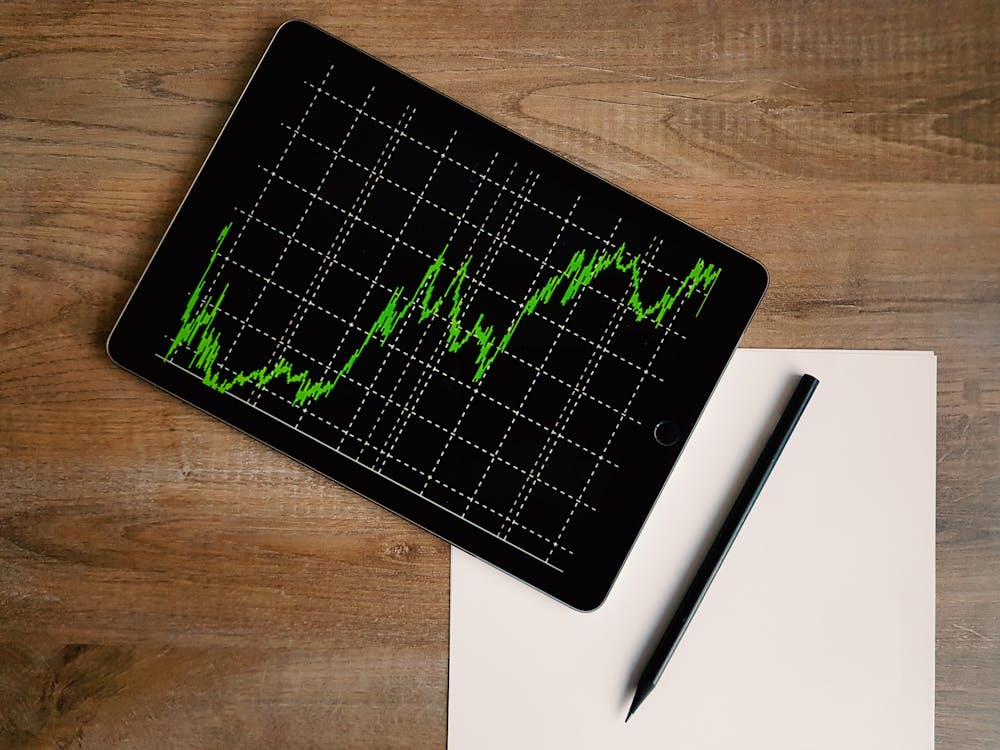Entering and exiting trades in the Forex market requires more than just choosing a currency pair and setting a direction. Traders need to understand the different types of orders available to execute their strategies effectively. Using the right type of order can significantly impact the outcome of a trade, helping traders manage risk and seize opportunities more precisely.
In this article, we’ll explore the main types of Forex orders, how they work, and when to use each one.

What is a Forex Order?
A Forex order is an instruction that a trader gives to their broker to buy or sell a currency pair under specific conditions. Orders can be executed immediately or set to trigger in the future once certain market criteria are met.
Understanding how each order type works enables traders to plan their entries and exits more strategically and protect their trading capital.
Main Types of Forex Orders
1. Market Order
A market order is the simplest and most common type of Forex order. It instructs the broker to buy or sell a currency pair immediately at the best available price.
When to use:
-
When you want instant execution.
-
In highly liquid markets where price slippage is minimal.
Example:
You see EUR/USD rising sharply and want to enter immediately; you place a market order to buy at the current price.
2. Limit Order
A limit order is used to buy or sell a currency pair at a specific price or better. A buy limit order is placed below the current market price, while a sell limit order is placed above the current market price.
When to use:
-
When you want to enter the market at a more favorable price.
-
When expecting a retracement before the trend continues.
Example:
If EUR/USD is trading at 1.1000 and you want to buy it if it drops to 1.0950, you set a buy limit order at 1.0950.
3. Stop Order
A stop order becomes a market order once a certain price is reached. A buy stop order is placed above the current market price, and a sell stop order is placed below the current market price.
When to use:
-
To enter trades when the market moves beyond a certain level.
-
As part of breakout trading strategies.
Example:
If EUR/USD is at 1.1000 and you expect a strong move up if it reaches 1.1050, you place a buy stop order at 1.1050.
4. Stop-Loss Order
A stop-loss order is a protective order to limit losses on a trade. It automatically closes a trade when the price moves against you by a specified amount.
When to use:
-
Always, to protect your capital from large losses.
Example:
You buy EUR/USD at 1.1000 and place a stop-loss at 1.0950, limiting your risk to 50 pips.
5. Take-Profit Order
A take-profit order automatically closes a trade once the market reaches a predetermined profit target. It helps traders lock in gains without constantly monitoring the market.
When to use:
-
When you want to secure profits at a specific price level.
Example:
You buy EUR/USD at 1.1000 and set a take-profit at 1.1100 to capture 100 pips profit.
6. Trailing Stop Order
A trailing stop is a dynamic stop-loss order that moves with the market price when it moves favorably but stays fixed if the price moves against you.
When to use:
-
To lock in profits while allowing room for further gains.
-
In trending markets where you expect continued movement.
Example:
You set a trailing stop 30 pips below the market price. If the market rises, your stop-loss follows the price upward, protecting your profits.
Other Specialized Orders
-
OCO Order (One Cancels the Other): Combines two orders where if one order is executed, the other is automatically canceled.
-
GTC Order (Good Till Canceled): An order that remains active until you manually cancel it.
-
FOK Order (Fill or Kill): An order that must be filled immediately in its entirety or canceled.
Choosing the Right Order Type
The type of order you choose depends on:
-
Your trading strategy (scalping, day trading, swing trading, etc.)
-
Your risk tolerance.
-
Market conditions (volatile or stable).
-
Whether you want manual or automated execution.
Professional traders often combine multiple order types within a single trading plan to optimize their results and manage risks effectively.
